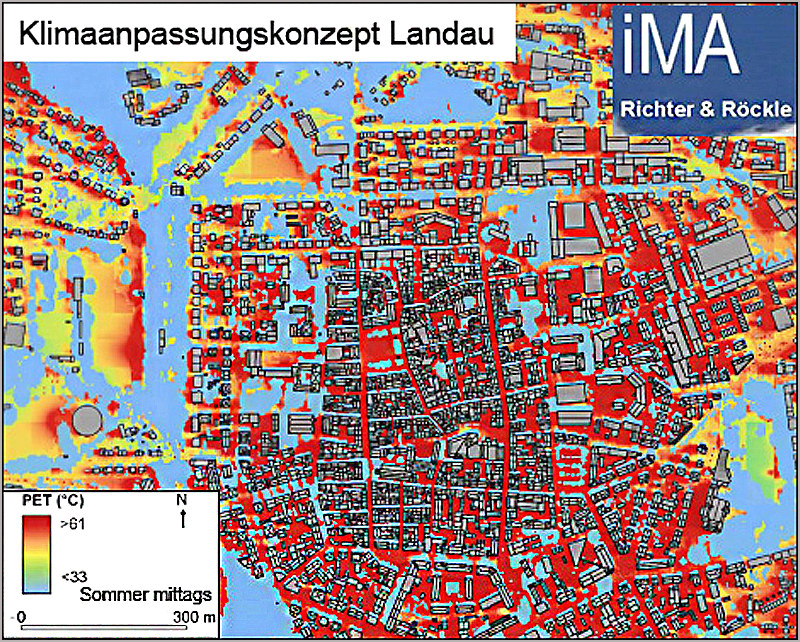Municipalities as key actors in climate adaptation measures regionally.
By Edith Schütze
Even if warming is limited to 1.5°C, the consequences in Germany for people and ecosystems in terms of heat, drought and heavy rainfall are profound. However, it is also obvious that climate protection measures alone are no longer sufficient, but that measures must be taken to adapt to the already visible and still expected climatic changes.
Climate protection measures aim at the global reduction of greenhouse gas emissions. Greenhouse gases disperse throughout the hemisphere in a matter of days, so every ton of CO2 saved - no matter where - has a positive effect on the global climate. In contrast to the global effects of climate protection, climate adaptation measures have an impact on a regional or local scale and can be felt directly by those affected.
Cities and municipalities are key actors.
Edith Schütze
Cities and municipalities are therefore key actors in drawing attention to the requirements of climate adaptation, developing strategies and implementing measures.
Democratically legitimised, as the bearers of urban land use planning and with extensive competences in finance, education and services of general interest, cities can have an image-forming and identity-building effect and initiate or steer adaptation processes through active administrative action and participation.
Climate adaptation concepts as part of the national climate protection initiative
There are funding opportunities for the development of adaptation concepts within the framework of the national climate protection initiative of the Federal Ministry for the Environment. Eight processing steps (1-8) are proposed in the specified investigation framework for the preparation of climate protection sub-concepts, which open up viable strategic planning for climate adaptation to the municipalities.
The first step of the municipal climate adaptation concepts consists of an inventory (1) of the current situation and the challenges that arise for the respective city. Climate change in Central Europe is mainly manifested in the increase of heat, drought and flooding.
What data on climatological changes or pressures are required here and with what level of detail must they be determined? If one wants spatially specific bases that allow a weighting of different areas, an urban climate analysis is indispensable. (Fig. 1)

- Latitude: 0
- Longitude: 0


